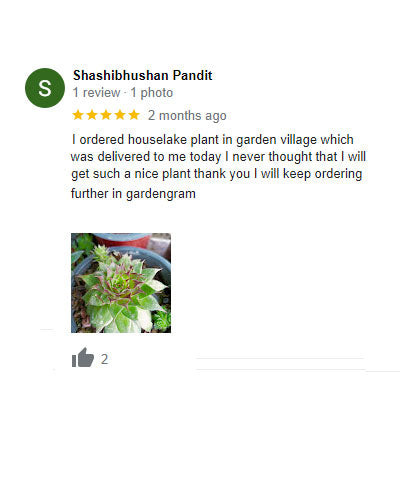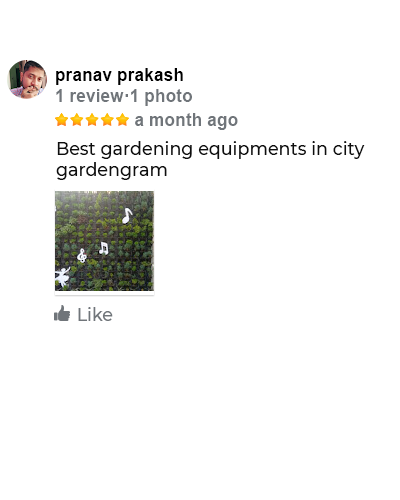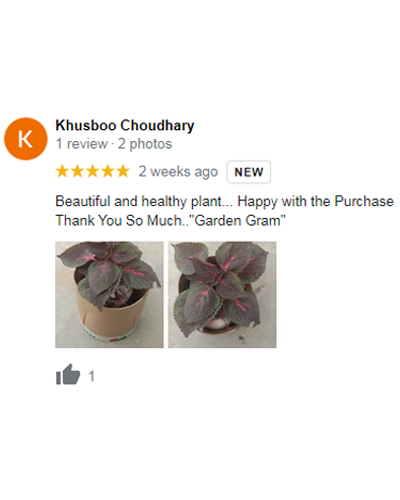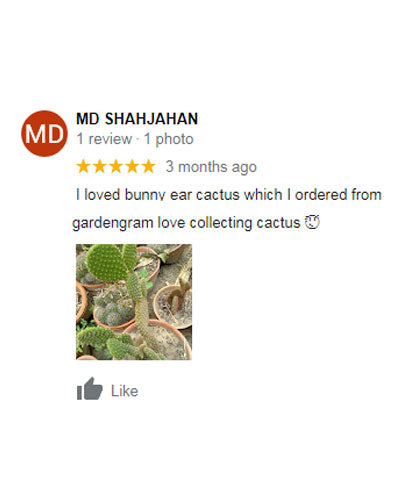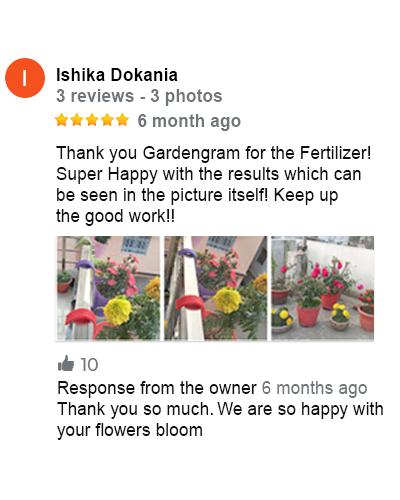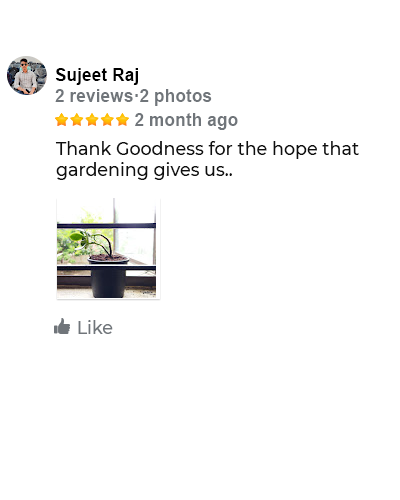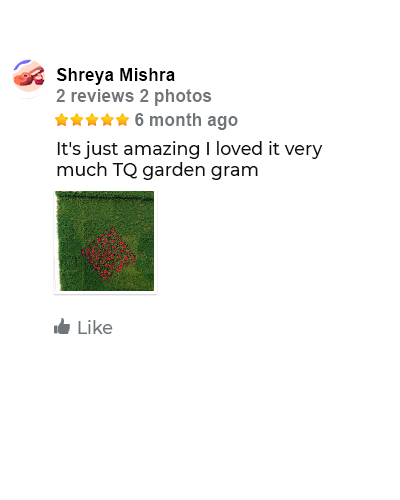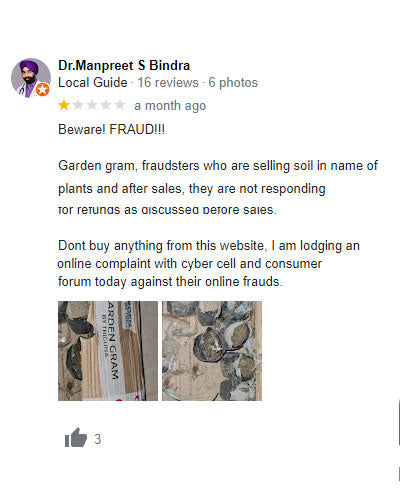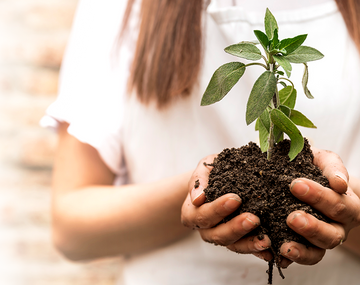6 Vegetable gardening mistakes which everyone does
Starting your vegetable garden is very exciting. The reward is homegrown organic and nutritious vegetables. However, even seasoned gardeners can fall prey to common mistakes that hinder the success of your endeavour. No doubt that vegetable gardening is a rewarding and fulfilling activity that allows you to grow your fresh produce right at home.
In this guide, we'll explore six vegetable gardening mistakes that everyone makes at some point. From improper planning to neglecting soil health, let's dive into the pitfalls to ensure your vegetable garden flourishes with abundance.
Mistake #1: Neglecting Soil Health

One of the biggest mistakes gardeners make is neglecting the health of their soil. Poor soil quality can lead to stunted growth, nutrient deficiencies, and pest problems in your vegetable garden.
Solution: Take the time to test your soil's pH levels and nutrient content before planting. Amend the soil with organic matter such as compost, manure, or organic fertilizer to improve its structure and fertility. Additionally, practice crop rotation to prevent soil depletion and disease buildup.
Mistake #2: Overcrowding Plants

Planting too many vegetables in a small space is a common mistake that can lead to competition for resources, poor air circulation, and increased susceptibility to disease and pests.
Solution: Follow recommended spacing guidelines for each type of vegetable and avoid overcrowding your garden beds. Give each plant ample room to grow and spread out, and thin seedlings as needed to maintain proper spacing.
Mistake #3: Inconsistent Watering

Inconsistent watering is another common mistake that can stress plants, lead to blossom end rot, and reduce overall yields in your vegetable garden.
Solution: Establish a regular watering schedule and water deeply and evenly to ensure that the soil remains consistently moist but not waterlogged. Mulch around plants to help retain moisture and reduce evaporation, especially during hot and dry periods.
Mistake #4: Ignoring Pest and Disease Management

Pests and diseases can wreak havoc on your vegetable garden if left unchecked, leading to poor yields and plant loss.
Solution: Practice proactive pest and disease management by regularly inspecting your plants for signs of damage or infestation. Remove any affected plants or leaves promptly and use natural pest control methods such as handpicking pests, using insecticidal soaps, and introducing beneficial insects.
Mistake #5: Failing to Provide Adequate Support

Many vining and tall-growing vegetables require support to prevent them from sprawling on the ground and to maximize space and airflow in the garden.
Solution: Install trellises, cages, or stakes for vegetables such as tomatoes, cucumbers, and peas to support their growth and keep them off the ground. Train vines to climb up supports and prune them as needed to maintain shape and structure.
Mistake #6: Forgetting to Harvest Regularly

Failing to harvest vegetables regularly can lead to overripe or spoiled produce, attracting pests and reducing future yields.
Solution: Check your vegetable garden daily for ripe produce and harvest it promptly to encourage continued production. Harvest vegetables at their peak ripeness for the best flavour and texture, and remove any overripe or damaged fruits and vegetables to prevent them from rotting on the plant.
By avoiding these common vegetable gardening mistakes and following the expert tips provided, you can set yourself up for a successful and bountiful harvest in your vegetable garden. Remember to prioritize soil health, proper spacing, consistent watering, pest and disease management, support for tall-growing plants, and regular harvesting to ensure a thriving and productive garden all season long. Happy gardening!
FAQ: How often should I test my soil?
Answer: It's recommended to test your soil at least once a year, preferably before the start of each growing season. This will help you identify any nutrient deficiencies or pH imbalances and make necessary adjustments to ensure optimal plant growth.
FAQ: How do I know how much space to leave between plants?
Answer: Check the seed packet or plant tag for spacing recommendations specific to each vegetable variety. As a general rule of thumb, most vegetables require 12-18 inches of space between plants, but this can vary depending on the type of vegetable and its growth habits.
FAQ: How do I know when to water my vegetable garden?
Answer: Check the soil moisture level by inserting your finger into the soil up to the first knuckle. If the soil feels dry, it's time to water. Additionally, observe your plants for signs of wilting or drooping leaves, which can indicate that they need water.
FAQ: How can I prevent pests and diseases in my vegetable garden?
Answer: Maintain good garden hygiene by keeping the area free of weeds, debris, and plant residues that can harbour pests and diseases. Rotate crops annually to prevent the buildup of soil-borne pathogens, and choose disease-resistant vegetable varieties whenever possible.
FAQ: How do I know when to harvest vegetables?
Answer: Refer to planting guides or seed packets for recommended harvest times for each type of vegetable. Most vegetables are ready for harvest when they reach their mature size and colour, but some may require additional ripening time off the vine, such as tomatoes and melons.
FAQ: What is the best type of support for tomatoes?
Answer: Tomato cages or stakes are popular options for supporting tomato plants. Choose sturdy cages or stakes that are tall enough to support the full height of the plant and provide plenty of space for air circulation and fruit development.





